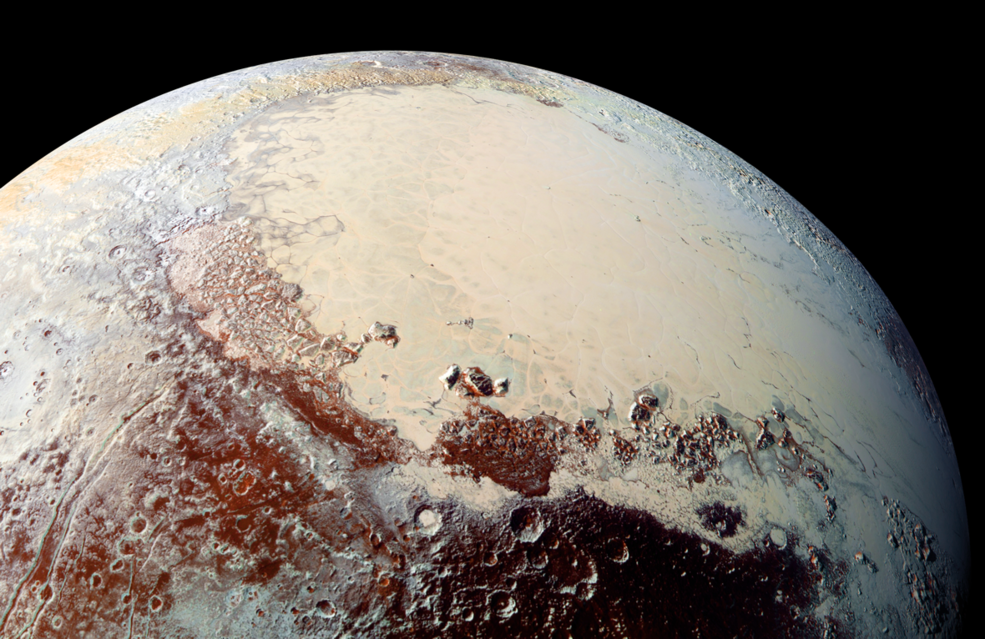Scientists are joining their efforts to return Pluto to the “planet” category that it lost in 2006 when it was named as a dwarf planet.
Kirby Runyon, of Johns Hopkins University, is one of the lead scientists of the initiative that seeks to reclassify Pluto as a planet. He is proposing a new definition of planets. The current definition made by the International Astronomical Union is: “A celestial body that (a) is in orbit around the Sun, (b) has sufficient mass for its self-gravity to overcome rigid body forces so that it assumes a hydrostatic equilibrium (nearly ground) shape, and (c) has a cleared the neighborhood around its orbit.”

Runyon said that there is no planet with an entirely clear orbit. He said that Jupiter, for instance, even has clouds of an asteroid.
Runyon and his colleagues are proposing to define a planet as “a sub-stellar mass body that has never undergone nuclear fusion. The object also needs to have enough gravitational heft to retain a roughly round shape.”
They also said that the IAU definition is excluding other planets like Mars, Neptune, and even Earth, because they share orbits with asteroids, just like Jupiter. So, in that case, none of these are planets, according to the researchers.
According to ScienceDaily, Runyon’s initiative is already supported by S. Alan Stern and Kelsi Singer of the Southwest Research Institute in Colorado, Tod Lauer of the National Optical Astronomy Observatory in Tucson, Michael Summers of George Mason University in Fairfax, and many other experts in the astronomical topic.
With this new planet definition, the number would increase from eight to 110 planets in the Solar System, and this could be the main reason to refuse this new concept by the IAU.
Pluto and its degradation
In 2003, Michael E. Brown, also known as “The Pluto-killer,” discovered UBS313, a body bigger than Pluto. Brown started a debate to determine if this new body would be a planet or not. In 2006, 2,500 scientists in Prague made the current definition of a planet, giving Pluto the category of “dwarf planet.”

Image credit: NASA/JHUAPL/SwRI.
“The only reason Pluto was ever considered a planet was because people were grossly mistaken with how big it was,” said Brown, according to The Seattle Times.
This new definition doesn’t require approval from IAU or another central body to be used by scientists and researchers. According to Runyon and his colleagues, this new definition could be more useful to planetary scientists in their studies than the IAU definition.
The Planet Science Research Discoveries of the University of Hawaii has already adopted this new concept of a planet and will now be using this definition in their studies, instead of the IAU concept.
Pluto was discovered in 1930 by Clyde Tombaugh, and its size has been in discussion since that moment. According to some scientists, when Pluto was discovered, it was bigger than Jupiter, but its size has been reducing over the years, and by 2015 its radius was 1,187 kilometers.
“I want the public to fall in love with planetary exploration as I have,” Runyon said, according to ScienceDaily.
Source: The Seattle Times
